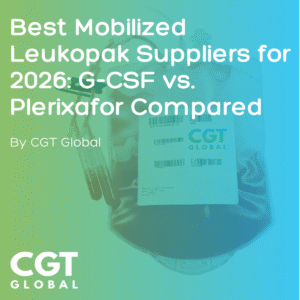Aspergillus (A.) fumigatus is a species of mold that is found ubiquitously in nature and the inhalation of its spores by healthy adults is a common occurrence having a relatively harmless effect. However, for immunosuppressed patients suffering from hematological malignancies or undergoing hematopoietic stem cell or solid organ transplantation, this species of mold is responsible for invasive aspergillosis (IA), an infection that spreads to the blood vessels and into organs. Prognosis for IA is poor, with a mortality rate ranging from 60-90% and an extremely low long-term survival rate.
Natural killer (NK) cells are cytotoxic lymphocytes of the innate immune system that control several types of tumors and microbial infections by limiting their spread and subsequent tissue damage. Upon activation, NK cells release cytokines to trigger the activation of other immune cells to fight an infection or directly lyse or interfere with the function of the target pathogen. Direct contact of NK cells with A. fumigatus causes the NK cells to release cytotoxic granules containing granzyme and perforin that directly lyse the pathogen, as well as the release of IFNγ, which interferes with fungal metabolic activity and growth.
An NK cell response relies on multiple pattern recognition receptors (PRRs), which recognize evolutionarily conserved structures on pathogens, termed pathogen-associated molecular patterns (PAMPs). PRRs present on the cell surface of NK cells relays intracellular signals that trigger proinflammatory and antimicrobial responses by activating a multitude of intracellular signaling pathways. Understanding which PRR elicits the immune response against A. fumigatus has yet to be determined. Once identified it may be possible to further elucidate the signaling pathway involved and find a possible therapeutic treatment for IA.
In a study by Ziegler et al., recognition of A. fumigatus by NK cells was found to be through the CD56 receptor. Scanning electron microscopy (SEM), confocal laser scanning microscopy (CLSM) and direct stochastic optical reconstruction microscopy (dSTORM) were used to visualize the direct interaction of NK cells with A. fumigatus hyphae and that the CD56 receptors were accumulating at the direct interaction site. Furthermore, blocking of CD56 reduced NK cell activation, suggesting that CD56 is a PRR for A. fumigatus.
This study identifies the PRR, CD56, as one of the primary recognition sites for A. fumigatus. Further studies into the signaling pathway of CD56 in the presence of A. fumigatus could possibly help determine a potential therapeutic target in the treatment of IA and improve the survival rates of immunocompromised patients.
Purified human peripheral blood NK cells from StemExpress provides significant time and cost-savings. Let StemExpress help accelerate your research.
Let us help with your research needs. Please contact one of our sales specialists for inquiries at 530-303-3828 or 888-415-4215.
Follow us on LinkedIn to keep up-to-date on exciting trends, promotions, articles, and new product releases.






